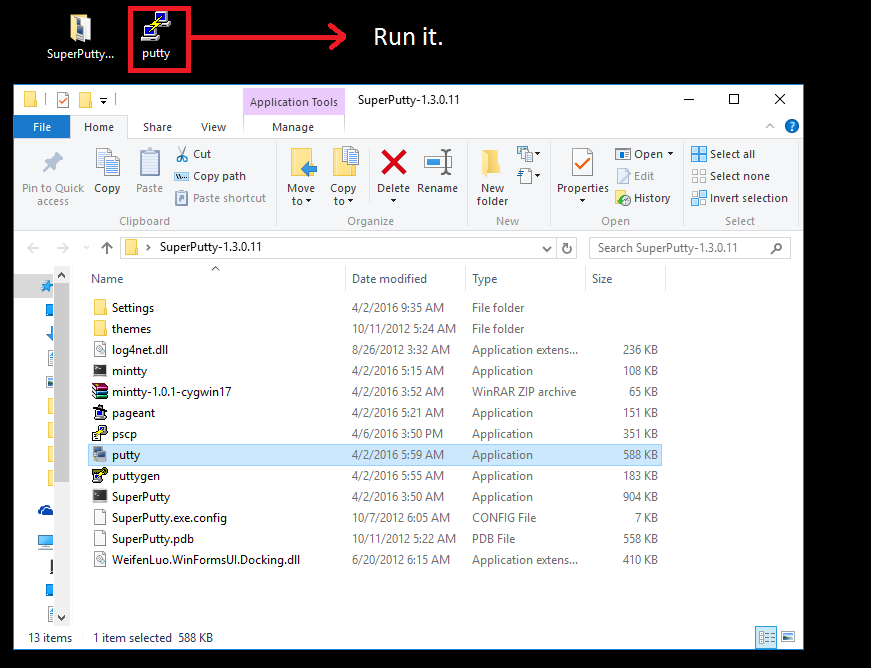Today we are going to see how to operate/configure all your VPS using SuperPutty. You might be tired of configuring your VPS one by one. So for all of them this tutorial will be helpful. This article is all about Linux, and not for Windows.
Requirement:
- Linux VPS
- PuTTY
- SuperPutty
- KiTTy
Note: All the download links for the software will be given then and there in this article.
Downloading PuTTY, SuperPutty and KiTTy:
First you need to download PuTTY. Next Download SuperPutty. Once you downloaded those two files now download KiTTy, you might ask why we need to download Kitty ? If you download KiTTy it will make your work easier, you don’t need to type your password each time you open your server.
For security reasons in PuTTY you cannot save your VPS password, but in KiTTy you can save the VPS password.
Configuring PuTTY, SuperPutty and KiTTy:
Now open “SuperPutty” folder and paste “KiTTy“. After pasting it rename the file to “putty”
Now open official “putty” file which we have downloaded and run it.
Now enter the “IP” in Host Name and a “name” in Saved Sessions to save the session. You can add how many VPS you want.
After configurating “PuTTY” open “SuperPutty” folder and run “putty“.
Now you need to enter the same “IP” and a “name” which you have entered in official “PuTTY“. After entering to the left side of the window click on “Connection > data“. Enter your VPS “username” and “password” in “Auto-login username” and “Auto-login password” respectively.
It’s almost done now open “SuperPutty“, to the right in “Sessions” tab right-click and create new session. Now enter the session name which you wanna use and click on the “PuTTY Session Profile” and select the session and click “Save“.
Everything is done now. Just “double-click” on the Session name that you have created. It will automatically enter the “username” and “password“.
You can add more VPS and enter one command in “Commands” place which will execute the command in rest of the VPS that is connected to SuperPutty. This will save you lots of time. Hope you like this tutorial. Share it to you friend who really needs this. Stay tuned for more tutorials.







2 comments
Or you could use MTPuTTY (multi-tabbed Putty)
PenguiNet is my best SSH Client for Windows
Comments are closed.